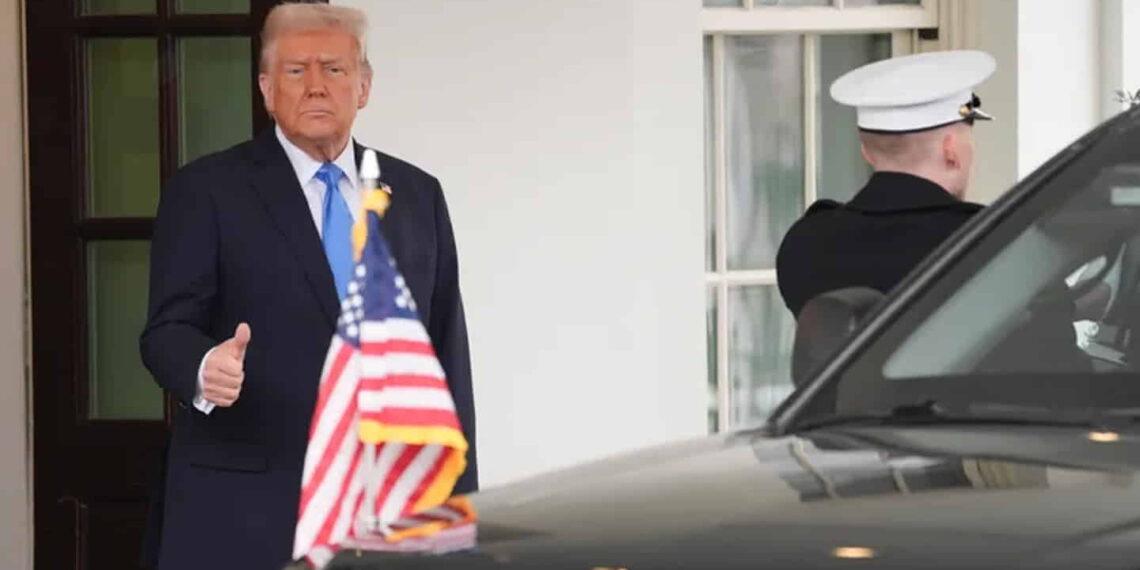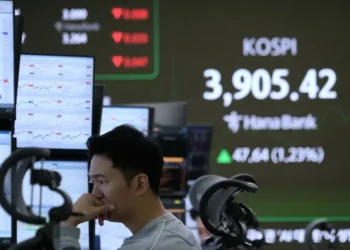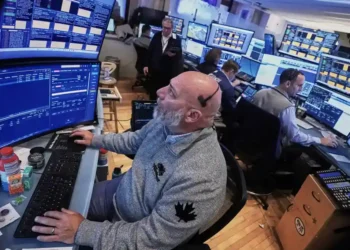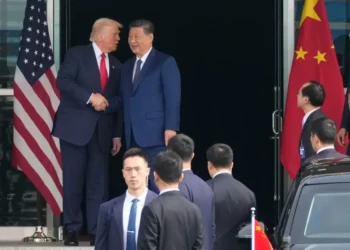Trump Plans Major Trade Tariffs, Setting Stage for Economic Showdown
A New Era of Trade Policy
President Donald Trump is preparing to shake up the global trade system by introducing new tariffs that would match the tax rates charged by other countries. The move, expected to be signed into an executive order soon, could have far-reaching consequences for the U.S. economy, international trade relations, and consumer prices.
“It’s time to be reciprocal,” Trump told reporters earlier this week. “If they charge us, we charge them.”
While the order was initially expected on Tuesday or Wednesday, no official announcement was made as of Tuesday evening. When asked if he would sign it Wednesday, Trump responded: “We’ll see what happens.”
What the New Tariffs Could Mean for the Economy
Trump’s reciprocal tariffs could effectively raise taxes on most imported goods, impacting a $4.1 trillion import market (based on U.S. Census Bureau data). This move:
Could lead to higher prices for U.S. consumers and businesses
Might trigger retaliatory tariffs from other countries
Marks a major break from past White House policies, which mostly aimed to reduce trade barriers
Trump’s economic strategy is clear: He believes tariffs will boost American jobs and revenue. However, inflation risks and economic disruptions remain a concern.
“No matter which way you slice it, costs are going to climb for consumers,” said Senate Democratic Leader Chuck Schumer. “I will work with my colleagues to undo this mess.”
Trump’s Tariff Strategy: A Political and Economic Gamble
Trump has fully embraced tariffs as a core part of his economic agenda, believing they will bring back American jobs and manufacturing. However, he has also acknowledged that import taxes could lead to short-term economic pain.
If jobs fail to materialize or inflation remains high, Democrats will likely use the issue against Trump, arguing that his policies benefit the ultrawealthy at the expense of middle-class Americans.
Tariffs Already in Place – and More to Come?
Trump has already implemented or proposed several new tariffs in recent weeks:
- China: 10% tariffs in response to its role in producing illicit fentanyl.
- Mexico & Canada: Potential tariffs if they fail to address illegal immigration and drug smuggling.
- Steel & Aluminum: Existing 2018 tariffs have been expanded, with higher rates on aluminum and the removal of exemptions.
- Future Targets: Trump has hinted at taxing imported cars, computer chips, and pharmaceutical drugs.
Global Reactions: Trade Partners Push Back
Many of the United States’ biggest trade partners are preparing countermeasures in response to Trump’s proposed tariffs.
European Commission President Ursula von der Leyen warned: “Unjustified tariffs on the EU will not go unanswered — they will trigger firm and proportionate countermeasures.”
Europe: The EU is considering tariffs on American motorcycles, jeans, bourbon, and peanut butter.
Mexico & Canada: Both countries are preparing countermeasures against new U.S. tariffs.
China: Has already retaliated against previous U.S. tariffs.
Are Tariffs a Diplomatic Tool or a Revenue Source?
According to multiple Trump aides, the long-term goal of Trump’s tariff strategy is reciprocity—ensuring fair trade practices.
However, Trump has also used tariffs as leverage in negotiations with Canada and Mexico, pushing them to do more on border security and drug trafficking.
Additionally, Trump has suggested that tariffs could generate revenue to help offset planned income tax cuts.
Wall Street Weighs In: More Tariffs Likely to Come
Analysts believe that Trump’s current tariff plan is only the beginning.
Goldman Sachs analysts stated: “It seems likely there will be many further tariff announcements.”
Morgan Stanley strategist Michael Zezas noted that tariffs would shape key economic factors, including:
✔ Economic growth
✔ Inflation
✔ Interest rates
✔ Federal Reserve policies
“This is a major shift from globalization,” Zezas explained. “Companies will no longer focus on the cheapest labor and materials offshore. This transition will take years and create both challenges and opportunities.”
What’s Next?
As Trump continues to push forward with his tariff strategy, the world waits to see:
🔹 How trading partners will respond
🔹 The economic impact on American businesses and consumers
🔹 Whether tariffs will help or hurt the U.S. job market
🔹 If inflation worsens or stabilizes
With Trump at the helm of U.S. trade policy, one thing is certain: A major economic showdown is on the horizon.
This article was rewritten by JournosNews.com based on verified reporting from trusted sources. The content has been independently reviewed, fact-checked, and edited for accuracy, neutrality, tone, and global readability in accordance with Google News and AdSense standards.
All opinions, quotes, or statements from contributors, experts, or sourced organizations do not necessarily reflect the views of JournosNews.com. JournosNews.com maintains full editorial independence from any external funders, sponsors, or organizations.
Stay informed with JournosNews.com — your trusted source for verified global reporting and in-depth analysis. Follow us on Google News, BlueSky, and X for real-time updates.














